One of the biggest surprises in the world of reading is the little magazine. Unless you are an ardent reader, there is little chance you would have known about little magazines of India.
The little magazine movement probably is a project to give a voice to little-known authors, little-known causes, or little-known disciplines. But the exclusive Little Magazine Library in Kolkata comes as a surprise. In what may be called another spot in the course of cultural travel through India, we came across this archive of literary jewels, 80,000 and counting, tucked inside a by-lane of the city.
For bibliophiles, it is a must-visit place in Kolkata.
Understanding the Essence of Little Magazines
Contents
What is a Little Magazine?
The little magazine is a periodical carrying writings in offbeat areas of interest.
The name little magazine implies that it is a non-commercial way of editing, managing, and funding. A little magazine typically starts with the goal of publishing literary work that has artistic value but is not accepted by commercial magazines for one or more reasons. It could be that the writer is unknown and seen as commercially unviable, the work is unusual or experimental in style, or most importantly, the topic goes against popular ideas of what is moral, social, or aesthetically acceptable.
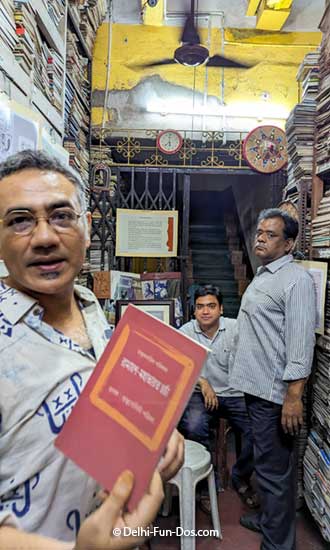
Given that little magazines often carry articles on alternative and experimental issues that may go against populist norms, the journey of little magazines is referred to as the Little Magazine movement.
The Rise of Little Magazines in Bengal
The little magazine movement gained momentum in a few places in India. Bengali little magazines, as a medium of literature, became popular in the 1950s. You may be aware, that Bengal went through radical political movements during that period that continued till the 1970s. The little magazines were important conduits for disseminating such political ideas about democracy and human rights. Consequently, the little magazine movement flourished in Bengal. Over time, new literary works such as stories, novels, essays, travelogues, and so on became regular features.
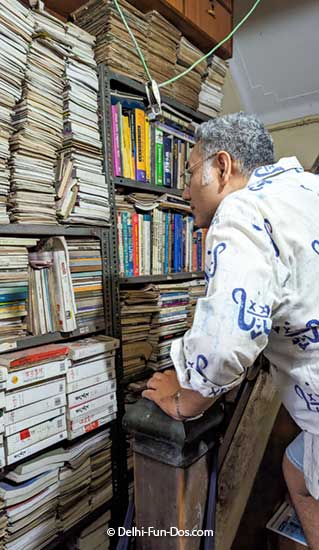
But little magazines weren’t only filled with stories, poems, or songs; they also discussed progress in the world of science. It was like a big wave of new ideas spreading out and teaching people. During this time, theatre movements gained popularity. The cool work in this field often ended up in these small magazines too.
Not only in Kolkata but numerous little magazines were published from various other cities, towns, and villages of West Bengal. The extremely renowned Kolkata Book Fair which sees participation and audiences from across the globe has a long little magazine pavilion with over a hundred stalls.
Kolkata Little Magazine Library And Research Center: A Literary Oasis
One of the must-do activities in Kolkata is visiting the Coffee House. The doyens of Indian intellect have been gracing this home-grown coffee shop dating back to the year 1876. A few meters away from the Coffee House is the Kolkata Little Magazine Library and Research Center, a repertoire of little magazines and perhaps the only one in India.
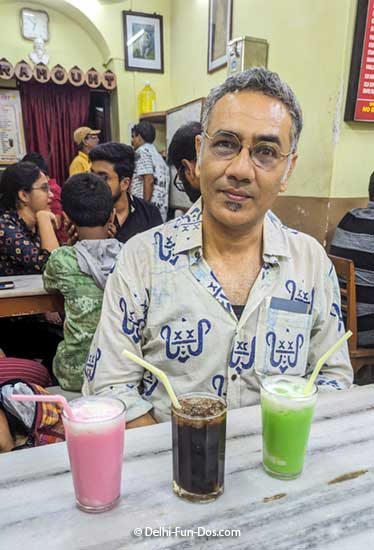
A friend in Kolkata suggested this library. Hence, one afternoon, after a glass of Sherbat at Paramount and a round of Aloordum-Radhaballabhi at Putiram, both on College Street, we pottered down to the Little Magazine Library.
College Street in Central Kolkata is like a labyrinth so relatable to old cities. In one of these lanes, a mural with the Bengali name “Little Magazine Library Ebong Gobeshona Kendra” was our spot.
We entered into what may be called beauty in chaos. Picture this: a snug room sandwiched between two even tinier spaces, all adorned with shelves stacked high with countless books and magazines. Among them, nestled closely, are terracotta dolls and other delightful knick-knacks gathered over time. At the heart of it all sat a table, where we found many quaint magazines of interesting sizes and surprising antiquity displayed. It was a sanctuary where time seemed to stand still, inviting us to explore its literary wonders.
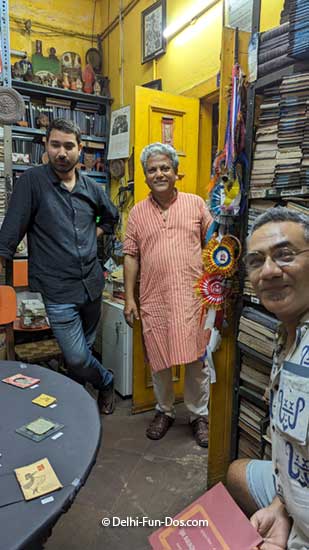
These rooms are part of the ancestral house of Sri Sandip Datta. The little magazine archive is almost his single-handed initiative.
A student of literature, Mr. Datta was already a little magazine enthusiast. He embarked on this unique activity of collecting such magazines and opening his collection for readers in the year 1978. His boundless collection of 80,000-plus magazines has rich material in various offbeat fields such as tribal literature, sexuality, crime, and so on from all across India and beyond. The additional collection of folk arts from Bengal also provides insight into many forgotten craft traditions. Notwithstanding books or dolls, the collector’s zeal is almost tangible in every corner of this space.
There is no fee for accessing the material library and a nominal membership fee which is spent on the maintenance and functioning of the library.

Although Mr. Datta passed away in 2023, his project is still going from strength to strength. A dedicated group of volunteers assembles a few times a week and administers the operations of the library. A digitization project of books and periodicals has also been initiated. Given that some of the items are 150 years old, the pages are in fragile condition. Hence, digitization is indeed a much-needed step.
Exploring Little Magazine Library, Kolkata: How to Get There
The Little Magazine Library is located at 18/M, Tamer Lane, College Row, College Street, Kolkata 700009. College Street is part of old Kolkata and is centrally located. The nearest metro station to the Little Magazine Library is MG Road. You can take the iconic Kolkata yellow taxi or any other cab service to reach from here. If longish walks don’t daunt you, that is an option too where you get to see whatever remains of the city of yore.
PIN FOR LATER READ
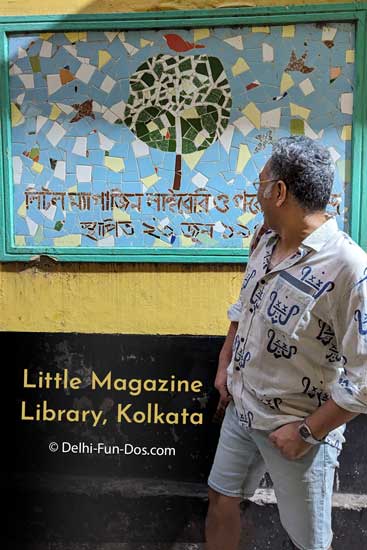
Kolkata has a robust public bus network. The legacy of trams is also part of Kolkata’s inherited culture. Many buses and trams ply through College Street. Hence, if you want to do it like a Kolkatan, you can take a bus and drop at the well-known Coffee House that is in the vicinity of the library.
Immersing Yourself in the Attractions of College Street, Kolkata
Kolkata is known as the cultural capital of India, and College Street epitomizes this side of life in Bengal. Some century-old cafes and restaurants are part of national history. We have already mentioned the Coffee House, Putiram, and Paramount. Paramount Sherbat café was a covert meeting point for revolutionaries during India’s freedom movement. Visiting any of these places would make you richer in terms of history. Also, the memories of the food we had here salivate us even now.
College Street is also known for its second-hand book market, one of the oldest in the world. Old musty books evoke nostalgia among many. Known as the “Boi Para” or the book neighbourhood, you would get text and reference books, classics, and books for pleasure reading. Moreover, many out-of-print treasures, not available in mainstream bookshops, but can be found in the used books stores on College Street. Whether you’re a book lover or not, browsing through the bookstores would transport you to another era.
Conclusion: Celebrating Little Magazines in Kolkata
Little magazines might seem like hidden gems in the world of reading, often overlooked by those who aren’t avid readers. Though Mr. Datta is no longer with us, his legacy lives on through this remarkable initiative, reminding us of the enduring value of little magazines in preserving and celebrating literary diversity. Travelling from Delhi, we felt that the founder’s almost philanthropic academic zeal was infectious. If you are a book-lover, a student, or a researcher, the Kolkata Little Magazine library is bound to enthral you with an experience you would not find in any other city.
P.S. – Deepest thanks to Dr Debkumar Saha for your invaluable input and Sriman Satyajit for introducing us to this hidden gem of Kolkata.

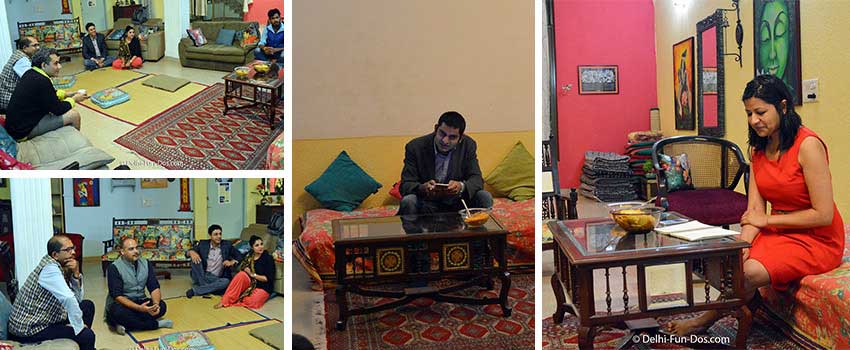
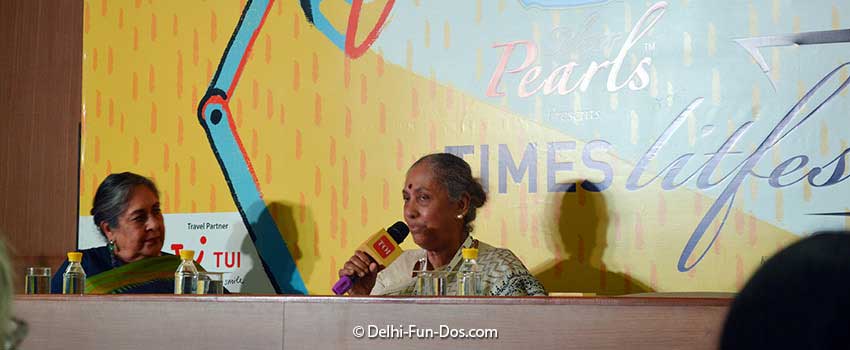
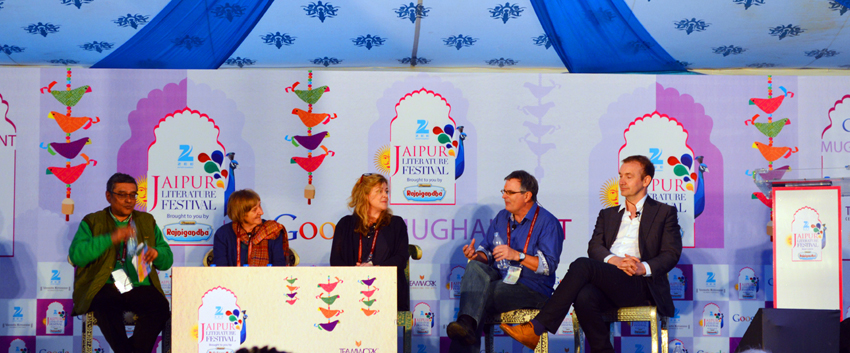
My husband when he was in kolkata was a part of little magazine, I’ve heard a lot about it from baba as well. Its great you have written about it so beautifully.
This place is like a treasure trove for ardent readers. I would have loved to visit this place if I could.